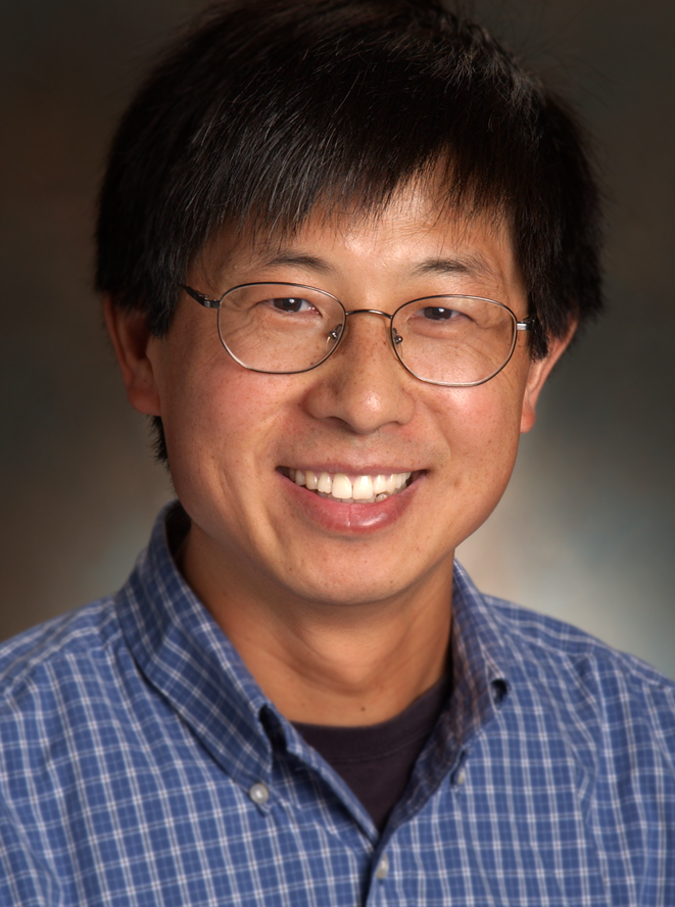To understand the information encoded within a DNA sequence, the order of nucleotides with the
DNA sequence needs to be determined. Since Frederic Sanger first determined the sequence of the
bacteriophage X174 in 1977, the genome sequences of more than 1,000 species have been determined.
Over the last three dozens of years, significant progress has been made in DNA sequencing. The
application of DNA sequencing methods is not limited to genomic DNA sequencing. Now, DNA sequencing
methods have been applied to define gene models and probe gene expression.
Sanger DNA sequencing
Sanger dideoxy chain termination sequencing.
|

|
|
| Sanger DNA sequencing |
Maxam Gilbert DNA sequencing
Automated Sanger DNA sequencing essential for the Human Genome Project
|

|
|
| (a)Automated Sanger DNA sequencing
(b)Solexa DNA sequencing |
Next-generation DNA sequencing
454 DNA sequencing
Solexa DNA sequencing
SOLiD DNA sequencing
Next-generation DNA sequencing technologies replace microarray analysis
Third-generation DNA sequencing: what is it
Summary
There is window for more advanced
DNA sequencing technology (
Schadt et al., 2010).


